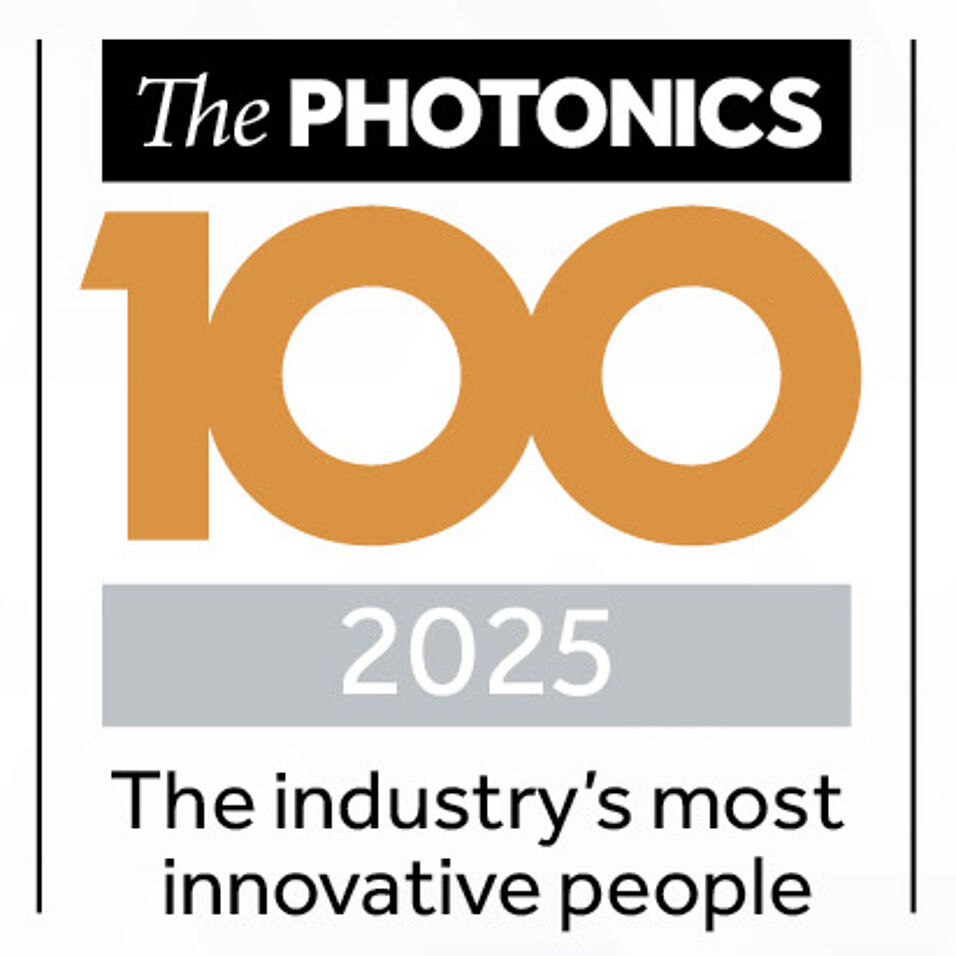The 2025 Photonics100 list has been unveiled, celebrating the remarkable achievements of 100 leading individuals driving innovation in photonics and optical technology worldwide. The Photonics100, curated by a panel of industry experts, highlights scientists, engineers, and business leaders whose work is reshaping sectors from aerospace and telecommunications to quantum technologies and healthcare.
Celebrating photonics innovation in 2025:
The honorees embody the diverse, transformative power of photonics. From quantum communication to laser advancements, The Photonics100 represents the brightest minds tackling today’s biggest technological and scientific challenges. These individuals are shaping the future of photonics with novel approaches to data processing, AI-driven systems, medical device innovation, and beyond.
Among them, as a specialist in quantum optomechanics, Markus Aspelmeyer describes himself as an extremely curious person who wants to push the boundaries and address the still unanswered question: "What happens if the sources of gravity become quantum?"
The Aspelmeyer Group is exploring the interface between quantum physics and gravity in experiments. Their main goal is to probe gravitational phenomena originating from quantum sources of gravity..

